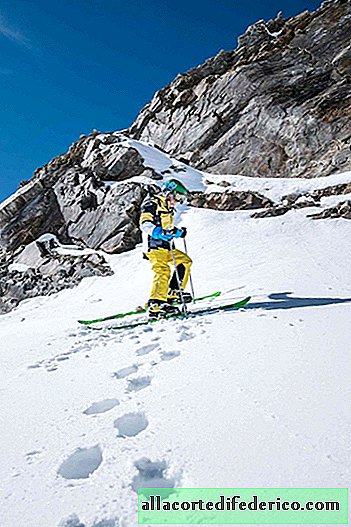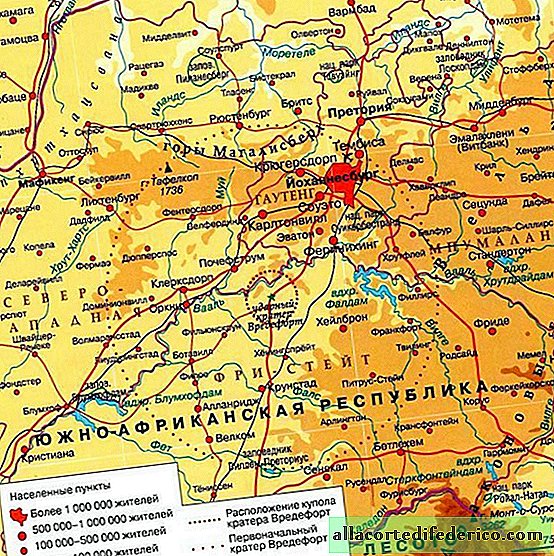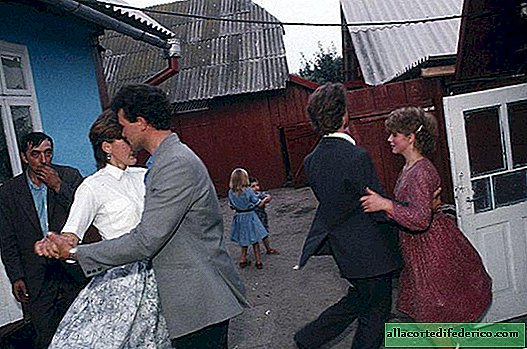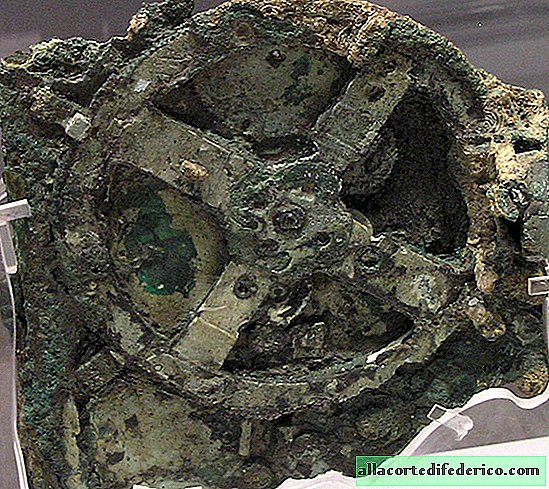Fedor: what the Russian robot can do and what it will do on the ISS
News agencies reported that the Fedor robot had finally arrived on the ISS. His journey to his destination was very difficult. But what kind of robot is this, and what will it do on the ISS?
Who created it
The Fedor robot was created in the image of a person by order of the Ministry of Civil Defense, Emergencies and Disaster Management.
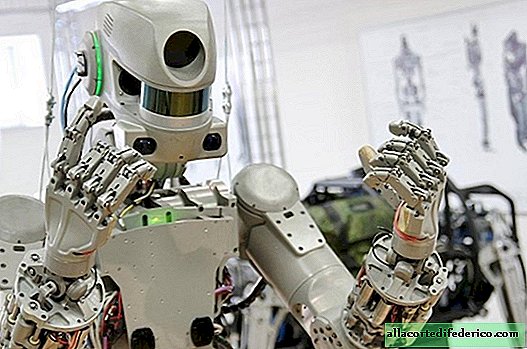
He has a head, body, a pair of arms and legs and, of course, an electronic mind. Despite the modest physique, with an increase of 180 centimeters, the robot is "very well-fed" and weighs as much as 160 kilograms. True, the version of the robot that flies to the ISS is somewhat simpler, it does not have a part of the working modules, so the weight of the "astronaut" is just over 100 kilograms. The robot got such a Russian name from the abbreviated English name of the project - Final Experimental Demonstration Object Research (FEDOR). The initial goal of this project is to create a universal apparatus that would be useful to the Ministry of Emergencies during search and rescue operations. The chief designer and implementer of the idea is NPO Android Technika.
What can he do
"Fedor" is equipped with cameras, a microphone, a thermal imager, a positioning system in space, which receives signals from both GLONASS and GPS. The robot can operate on a single charge of batteries for up to 1 hour.

"Fedor" is able to independently move on a flat surface and on stairs, open doors, perceive speech and answer, use some power tools, and also knows how to ride a quad bike and a car. If necessary, he can even use firearms. In addition to independent work, "Fedor" can perform actions in tandem with the operator, copying his movements. At the same time, the engineer managing the robot can be at a considerable distance, which is very convenient when conducting rescue operations in hard-to-reach or dangerous places for humans. A similar technique is very relevant during industrial accidents at large facilities, including those associated with radioactive contamination.
Why is it flying on the ISS
“Fedor” will settle in the Russian part of the ISS and will be under the supervision of our cosmonaut Alexander Skvortsov. The robot’s mission to orbit will last about 2 weeks. During this time, he will perform a number of tasks in tandem with our astronaut, who will wear a special exoskeleton to control the robot.

Experts believe that this experiment will launch a new stage in space exploration, where robots will take on some of the complex and dangerous tasks. After all, the work of the astronaut is still very dangerous, and there are many areas in it where robots can replace humans. Going into outer space for troubleshooting, working inside the station during various emergency situations, and even exploring the Moon or Mars - all this in the near future can be done by robots working both independently and under the supervision of a mentor engineer.










